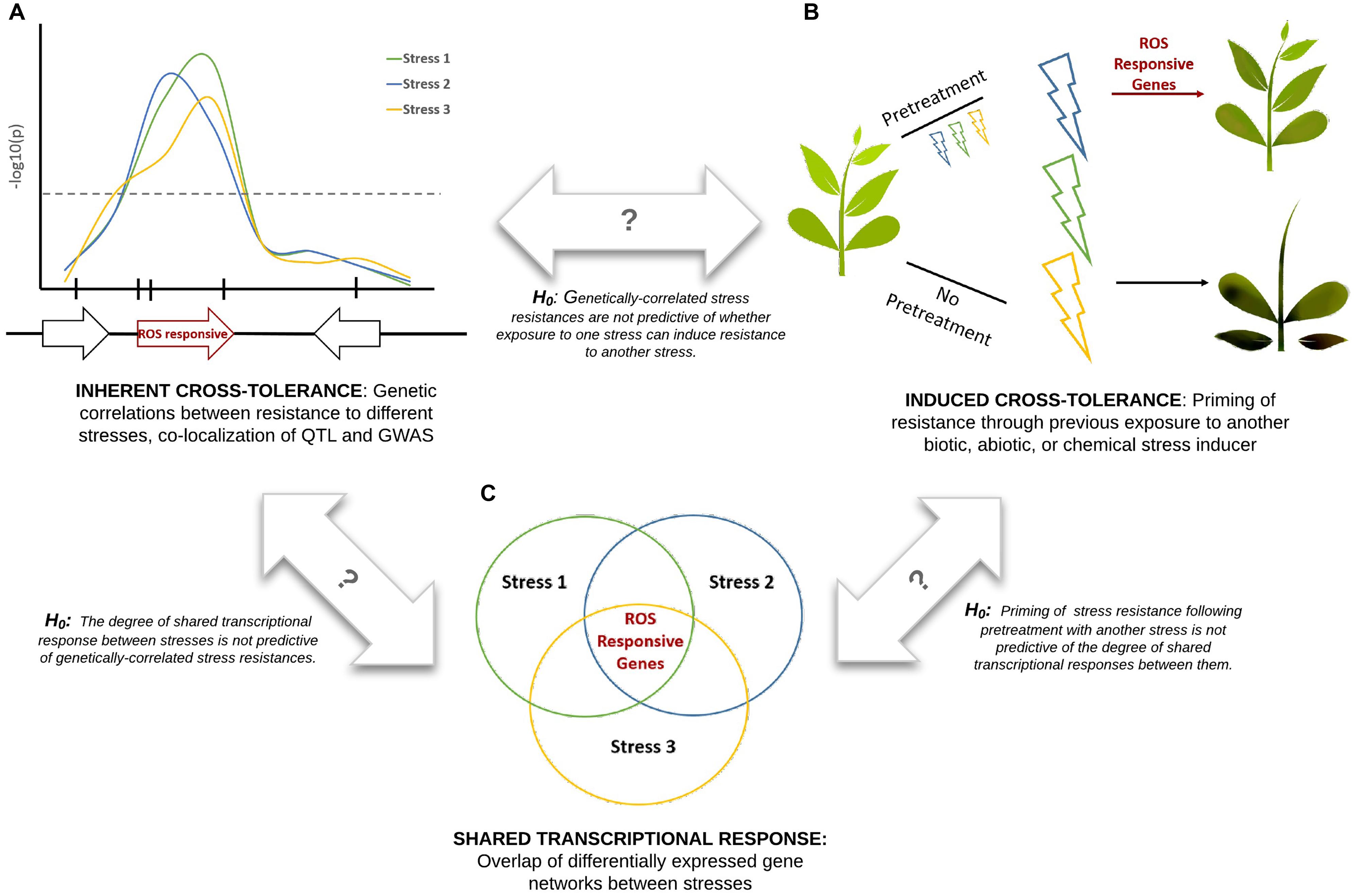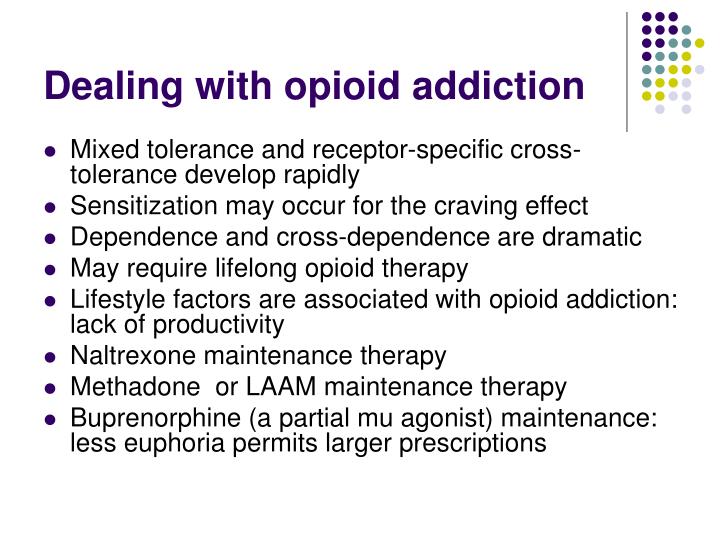

In this study, we assessed the binding affinities of R-phenibut, S-phenibut, baclofen and gabapentin (GBP) for the α2-δ subunit of the voltage-dependent calcium channel (VDCC) using a subunit-selective ligand, radiolabelled GBP. In contrast, S-phenibut does not bind to GABAB receptors. R-phenibut is responsible for the pharmacological activity of racemic phenibut, and this activity correlates with its binding affinity for GABAB receptors.

32has demonstrated upregulation of this subunit following nerve injury, a condition which shares some similarities with opioid tolerance.Phenibut is clinically used anxiolytic, mood elevator and nootropic drug.

30,31In this regard, a recent investigation by Luo et al. Finally, the effects of gabapentin on tolerance may be related to its unique binding to the (α)2(δ) calcium channel subunit. 29showed that gabapentin blocked morphine-induced “conditioned place preference” (a test of psychological dependence) as well as morphine-induced dopamine release from nucleus accumbens. Dynorphin expression following chronic morphine exposure involves activation of descending pain facilitory systems, 8suggesting the importance of supraspinal sites in the development of tolerance. 28have demonstrated that gaba-pentin reduces dynorphin-induced allodynia. 26Also, chronic morphine has been shown to increase spinal dynorphin expression, which can be pronociceptive 27and, in this regard, Laughlin et al. Furthermore, a study in trigeminal nucleus slices showed that glutamate release activated by protein kinase C (also important in mediating opioid tolerance) is blocked by gabapentin. 25showed that gabapentin antagonizes AMPA-evoked responses in vivo . 24demonstrated that gabapentin presynaptically inhibits glutamate transmission and Chizh et al. Recent studies of gabapentin may explain its effects on opioid tolerance, which is mediated by l-glutamate action at spinal NMDA 6and AMPA/kainate 7receptors. Thus, the goal of this investigation is to test the hypothesis that gabapentin prevents and reverses chronic opioid tolerance. 15While previous preclinical investigations have evaluated gabapentin–opioid interactions, 16–18the effect of gabapentin on opioid tolerance has not been studied. 14Previous data suggest that the effects of gabapentin are naloxone insensitive, chronic gabapentin administration does not lead to gabapentin tolerance, and morphine tolerance does not influence gabapentin analgesia in the rat formalin test. Gabapentin is a γ-aminobutyric acid (GABA) analog that reduces pain, hyperalgesia, and allodynia following tissue or nerve injury through several possible mechanisms. 10In addition to suppressing opioid tolerance, drugs that modulate the previously mentioned mechanisms (such as NMDA receptor antagonists, 11AMPA/kainate receptor antagonists, 12and cyclooxygenase inhibitors 13) are also antihyperalgesic and/or antiallodynic. 6Furthermore, mechanisms of opioid tolerance include N -methyl-d-aspartate (NMDA) receptor 6and 2-amino-3-hydroxy-5-methyl-4-isoxazole-proprionic acid (AMPA)/kainate receptor 7modulation, dynorphin activity, 8calcitonin gene–related peptide activity, 9and cyclooxygenase activity. In common with nerve or tissue injury, chronic opioid administration causes spinal changes involving translocation and activation of protein kinase C and production of nitric oxide (NO).

1While its clinical importance is controversial, 2–5studies of opioid tolerance have advanced knowledge about analgesic mechanisms. OPIOID tolerance is a diminution of analgesic effect or need for a higher dose to maintain the original effect following chronic opioid exposure.


 0 kommentar(er)
0 kommentar(er)
